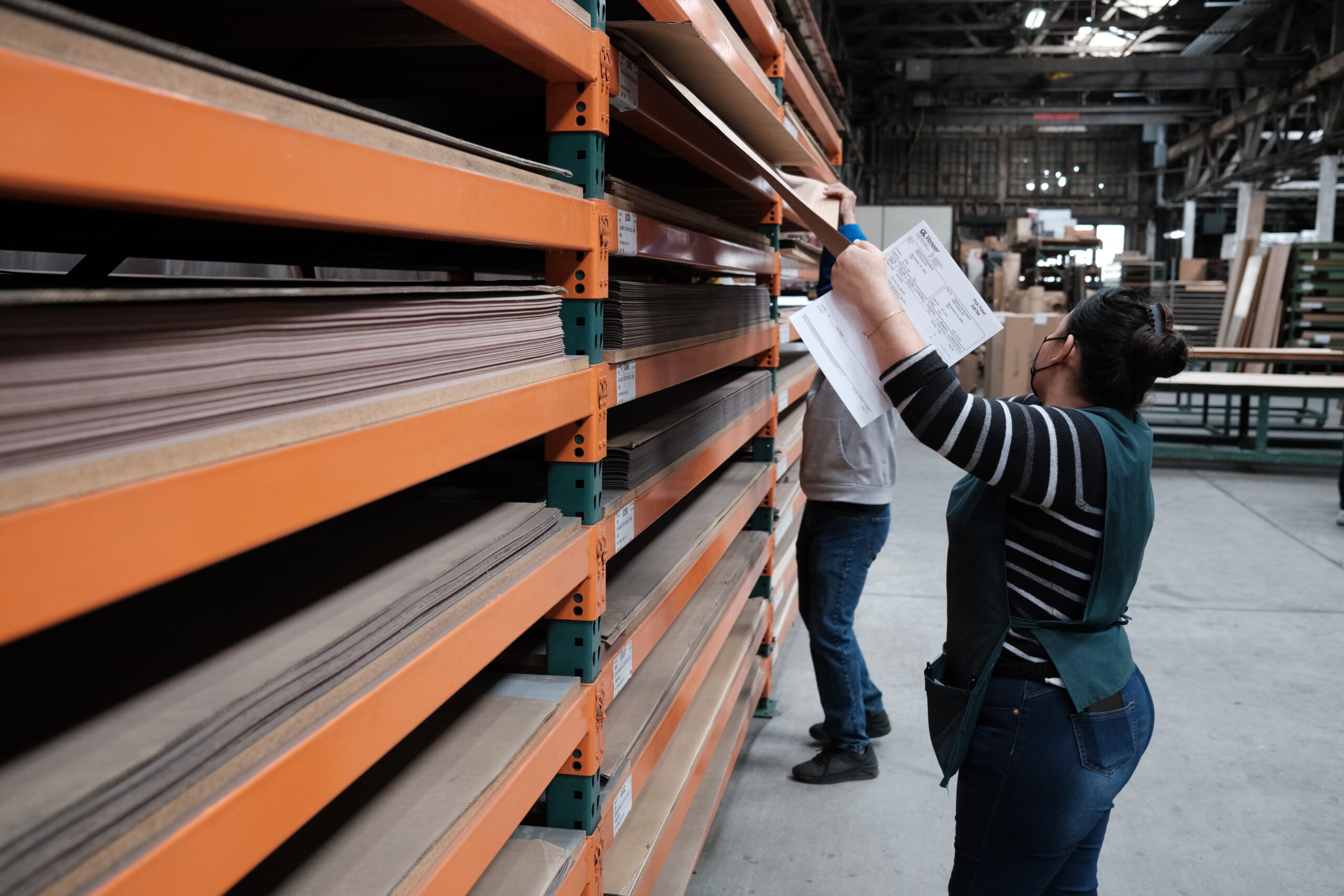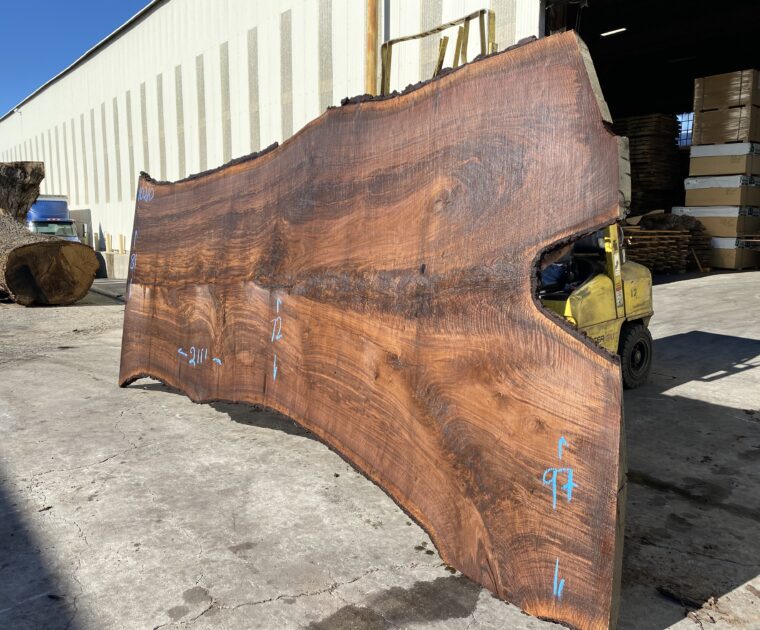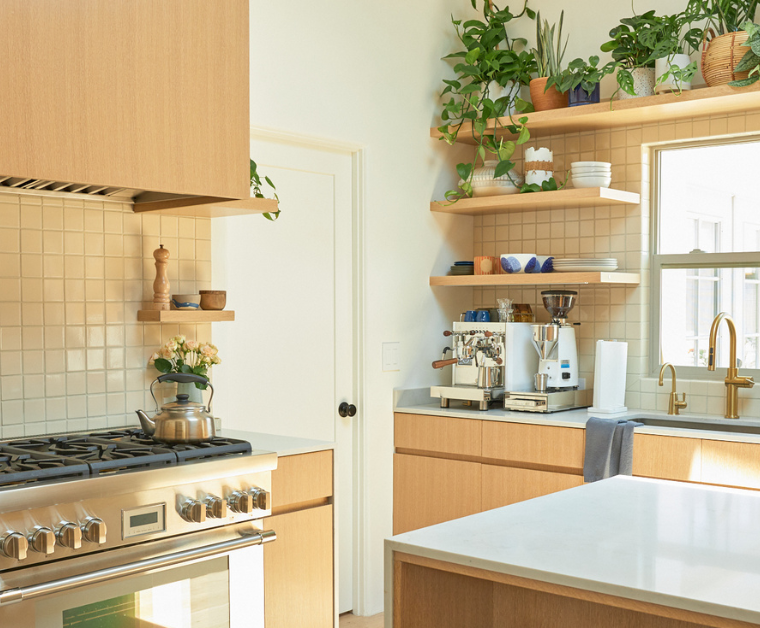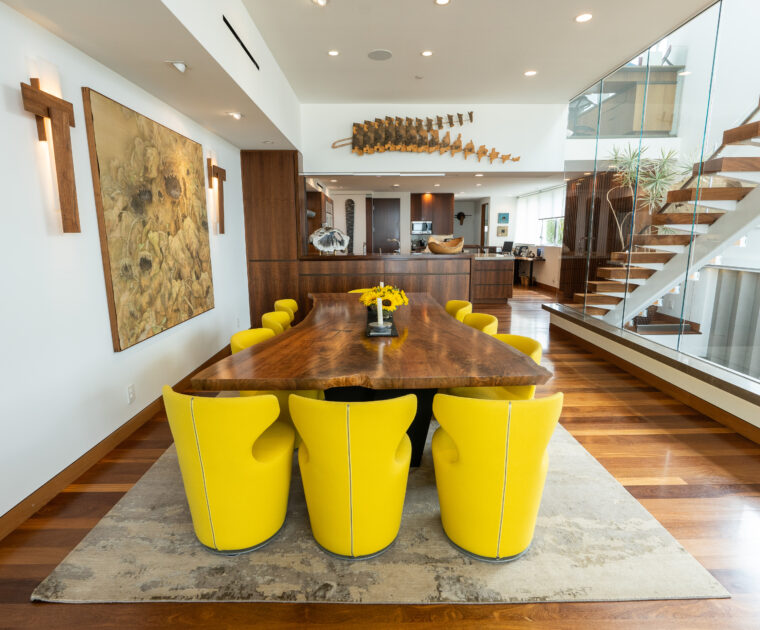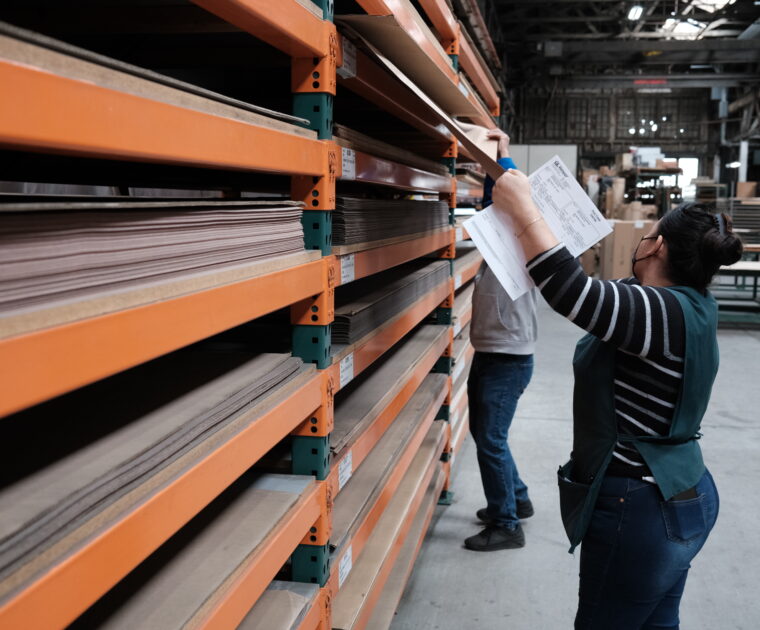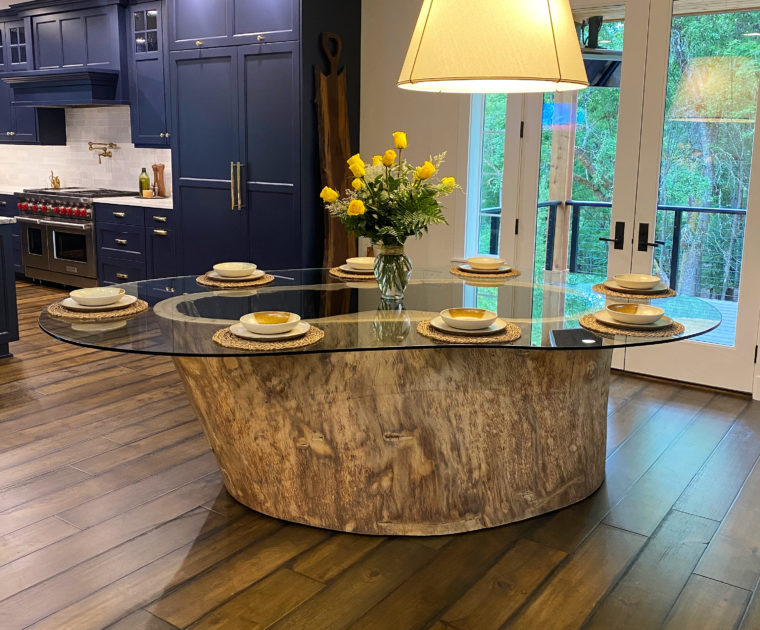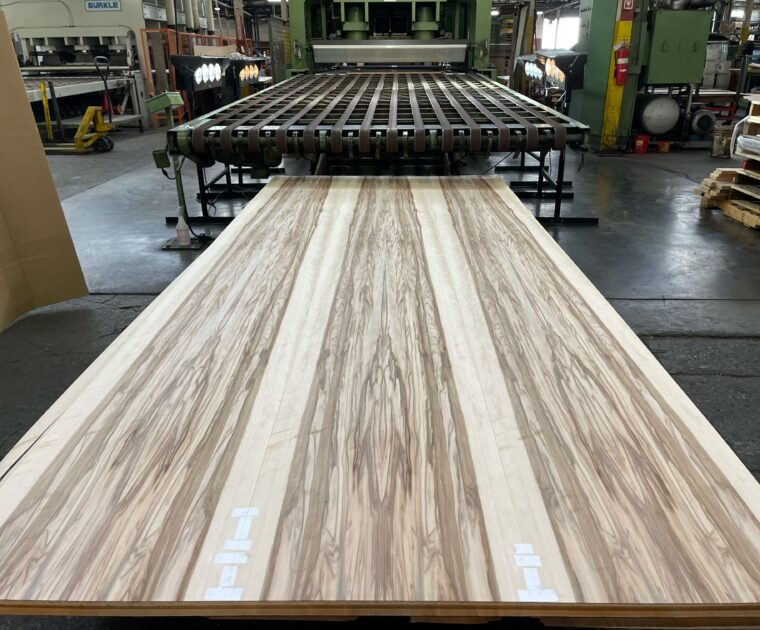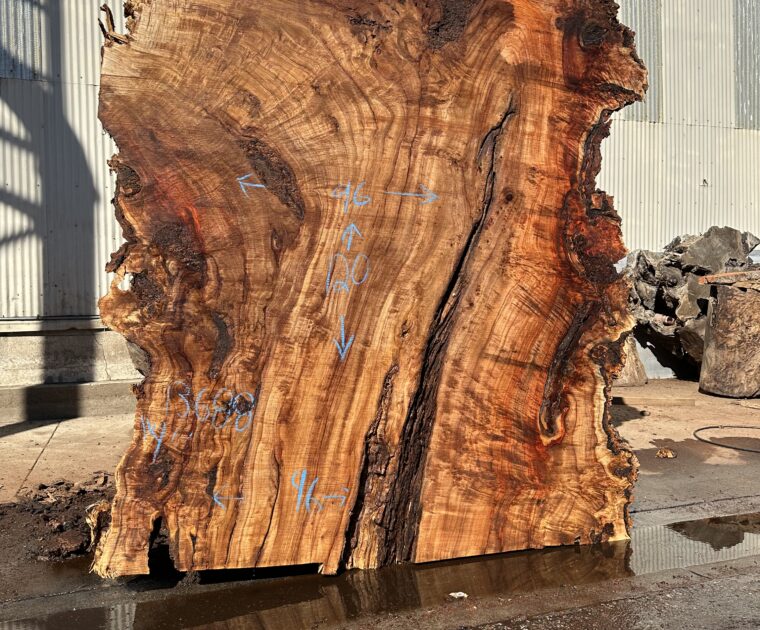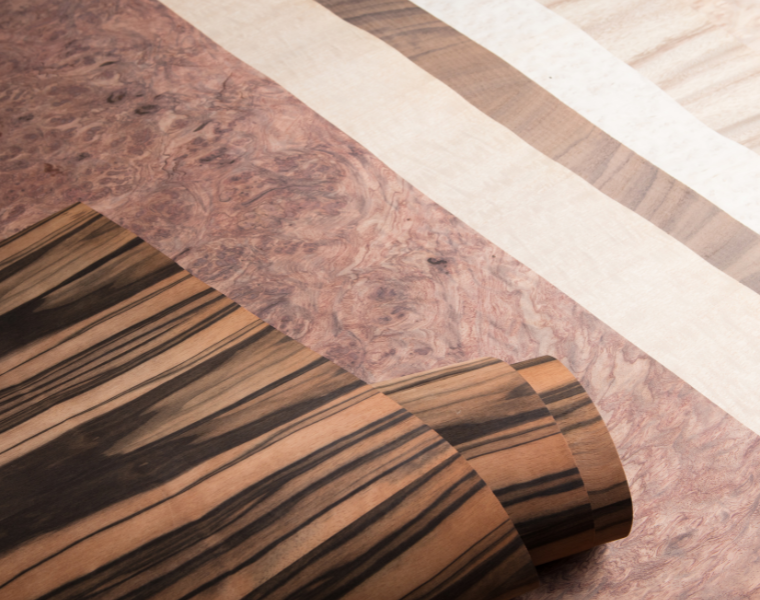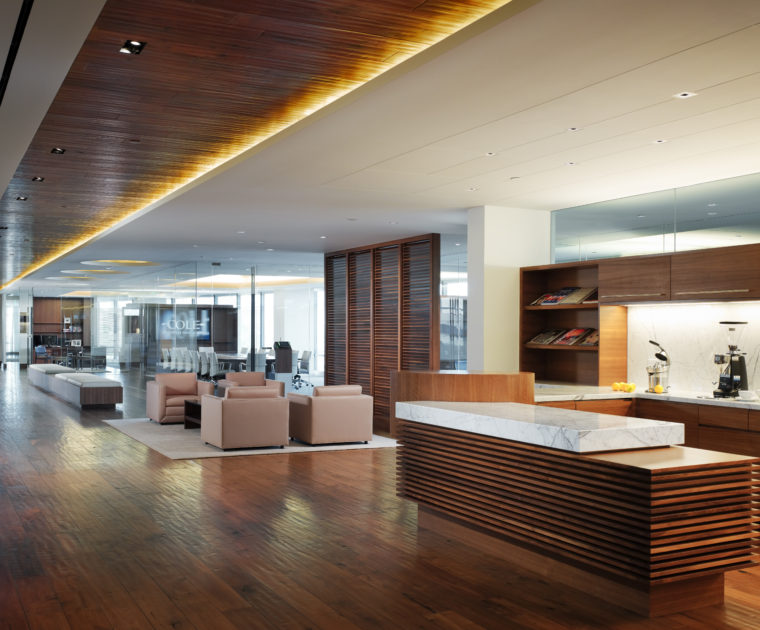A Comprehensive Introduction to Wood Veneer
Whether you’re creating furniture, cabinetry, flooring, or architectural panels, Wood Veneer is an excellent choice. An extremely versatile material, it’s a smart, sustainable product that delivers a long list of awesome attributes we cover in our Benefits of Using Wood Veneer Log Blog.
But that doesn’t mean that buying Wood Veneer isn’t a daunting task for some. Especially for the first-timer, or people who rarely shop for veneer. So in this “how to choose the right wood veneer” entry, we’re covering all the insights, expertise, and tips you need to help you through the decision process. In fact, we’re sure that by the time you finish reading this, you’ll be able to pick the perfect Wood Veneer for your project in no time. With total confidence, without all the stress.
If nothing else, we hope you walk away understanding the one, fundamental idea: Each species will affect your ultimate design differently. So it’s essential that you choose a veneer that reflects both the aesthetic look you’re going for in your design space and your individual personality.
With that, here are the main product characteristics to consider when selecting your Wood Veneer sheets:
Color Palette
The first and most crucial step in choosing your Wood Veneer sheets is selecting the basic color range you want for your design — Light, Medium, or Dark. Though, to be fair, before picking the range of your color, you should consider the walls, floors, and furniture in the same space in order to understand how everything will work together in design/color terms. The objective is to bring out the natural beauty of the wood while balancing all the colors of your entire space in a complementary way.
Another thing to consider is whether you want a high-contrast or low-contrast color scheme. For instance, a light wood species like Ash or White Oak will create a bold contrast against dark or intense colors, while darker wood species like Walnut or Monkey Pod will stand out elegantly against light color schemes.
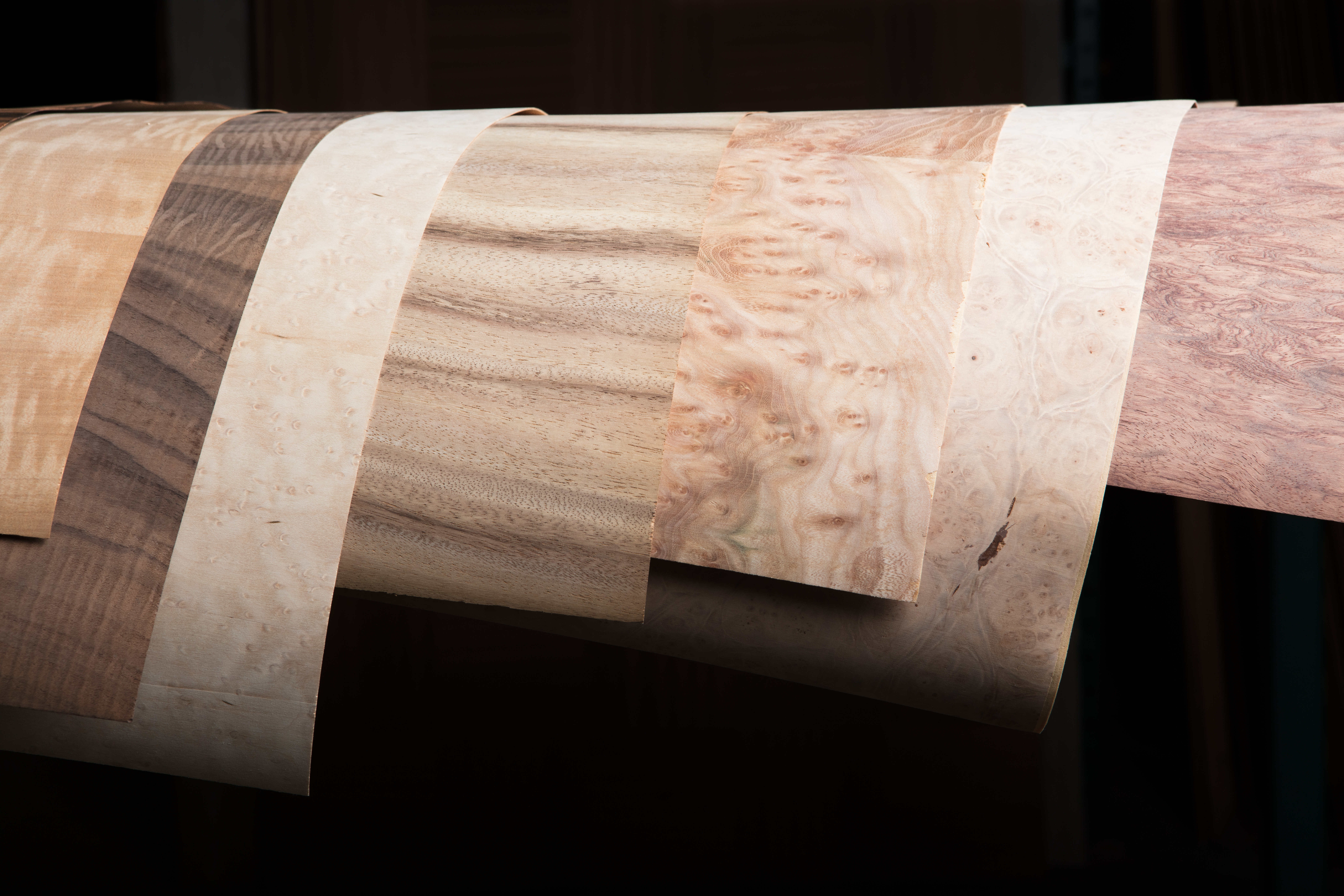
Grain Pattern & Cut
Once you’ve decided on the color range you want to work with, the next step deciding how much “activity” you want in the grain. How noticeable do you want it? How much or how little “movement” do you want to see in the material? Are you looking for wild, uneven patterns or predictable, subtle grain patterns.
The cellular structure of the wood in every tree species produces its characteristic grain patterns. And the different names for those patterns are typically derived from descriptions of the “movement” the grain produces — including “Curly,” “Bird’s Eye”, “Ribbon,” “Figured,” and “Burl.” Even within different trees of the same species, these distinctive arrangements in the wood’s grain are what make every piece distinct and one-of-a-kind.
What’s really interesting is that the grain of wood from the same tree can look quite different depending on how it’s cut — literally, based on the angle and direction it’s sawed. Among the more common cut types you’ll see are “Flat Cut” or “Plain Sliced,” “Quarter Cut,” and “Rift Cut” or “Rotary Cut. Each of which describes the actual way the logs are sliced into veneer, which impacts the general appearance of the grain.
Based on grain and cut, there’s something for everyone. From the subtle, nearly-imperceptible, even grain to the boldest, swirling, high-impact grain and figure. Either of which should be strategically and artfully considered when designing your piece or interior space. For example, softwoods, like Douglas fir, Redwood, and Red Cedar don’t exhibit a pronounced grain, while hardwoods like English Brown Oak, Hickory-Pecan, and Claro Walnut feature more high-impact grain structures and patterns.

Wood Species
The combination of natural beauty and functionality make Wood Veneer one of the most remarkable building and decorative materials you can choose. What’s more, every wood species presents its own distinct combination of grain patterns, characteristics, and color. Choosing the most suitable wood species for your next project will depend on your aesthetic style preferences and, of course, budget.
At GL Veneer we have over 100 species of Wood Veneer you can choose from — many available in a variety of grain patterns and cuts. Which renders exponentially more choices than just our basic list of species suggest. In fact, when taking all the veneer characteristics, specs, and options that we offer into account, we have literally tens of thousands of Wood Veneer types to choose from.
But when you’re working with even a basic sense of what you’re looking for – including price, which varies according to species and the manufacturing method – you can filter our expansive inventory of Wood Veneer down to a very short list to consider, if not the exact type of veneer you want.
With all that in mind, let’s explore five of the most popular species of Wood Veneer that designers and woodworkers love to use in their projects.
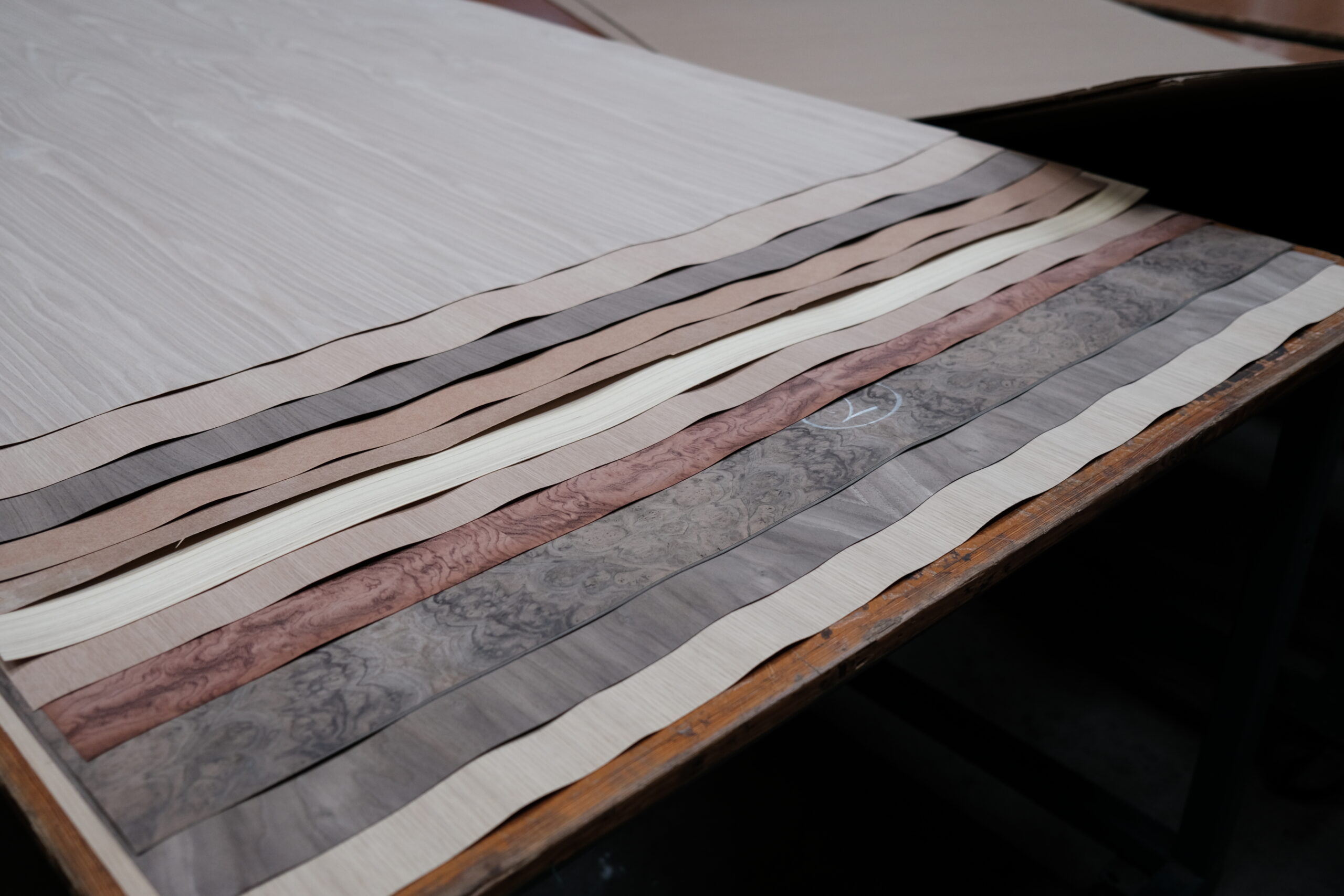
5 Popular Wood Veneer Species
Walnut
Year after year, Walnut is one of the clear-cut favorites among GL Veneer’s clients. It features an elegant grain and color variation throughout every sheet of veneer. And while the heartwood ranges from light to chocolate-brown color with subtle stripes, it sometimes displays light golden markings that give it even more character. You’ll find Walnut used quite often in architectural millwork, high-end furniture, accent walls, and, interestingly enough, judges’ panels.
White Oak
A timeless hardwood, White Oak is known for its distinctive uniform grain and slight color range that shifts subtly from light to medium brown. A particularly popular cut, the light, uplifting color of Rift White Oak is a popular choice for kitchen cabinetry, as it blends easily and seamlessly with many design elements. While the Rift cut of White Oak has a very straight, combed grain appearance, the Plain Sliced variety showcases the heart or cathedral of the tree quite prominently.
Maple
Another favorite species for cabinetry and architectural paneling is Maple — for both its innate qualities and its ability to assume other colors. Naturally light and bright in color, the best Maple veneer can also be dyed or stained to achieve any desired look or color. It truly is the chameleon of Wood Veneer, and its subtle, elegant grain blends well into any environment or design style.
Alder
A softwood that grows best in moist conditions at lower elevations, Alder thrives in the Pacific Northwest. Color-wise, it ranges from light tan to reddish-brown for some of the most gorgeous Wood Veneer you can choose. And woodworkers love it because it’s a stable wood that’s not prone to structural movement — once it’s installed, it’s highly reliable, maintaining elite constructural integrity.
Cherry
The Wood Veneer of Cherry, or “Black Cherry” as it’s also known, offers a uniform light-reddish appearance with a satin texture and tight uniform grain. When quarter cut, it produces a vertical grain with a mellow striped appearance. And yet, while subtle, you’ll find that all cherry has at least some hints of figure in the grain. Because of its warm color, Cherry wood makes beautiful furniture, hardwood flooring, and wall paneling. Basically, it’s an excellent choice for almost any application. But kitchen cabinet makers especially love its rich, warm tones.
Veneer Grade
The different grades that Wood Veneer sheets come in is another important variable to consider when choosing your material. Veneer is graded at two points in the manufacturing process — first, in its raw form, and then again when it’s converted into a 4’x8’ “face,” which is the side of the veneer you’ll see after it’s laminated to a plywood core or substrate.
Based on overall look, color, and natural characteristics, each veneer sheet is graded on a scale from “AA” to “C” — with the “AA” indicating the cleanest and “closest-to-perfection” grade.
More often than not, the current design of your space will guide you toward the type of Wood Veneer grade most appropriate for your job. A higher grade will showcase a clean, natural variation in the color and grain, whereas a lower grade generally has a more rustic look.
Different types of Wood Veneer face grades:
- AA – The highest-quality, premium face — nearly flawless. Not all plywood manufacturers carry this high level of Wood Veneer (or plywood, once it’s laminated).
- A – Excellent appearance, but just shy of AA standards.
- B – Typically displays minor flaws or small defects, but still possess nice, natural characteristics.
- C – Features unlimited, unpredictable color, with open defects and random natural characteristics. Perfect for applications where an economical panel is needed.
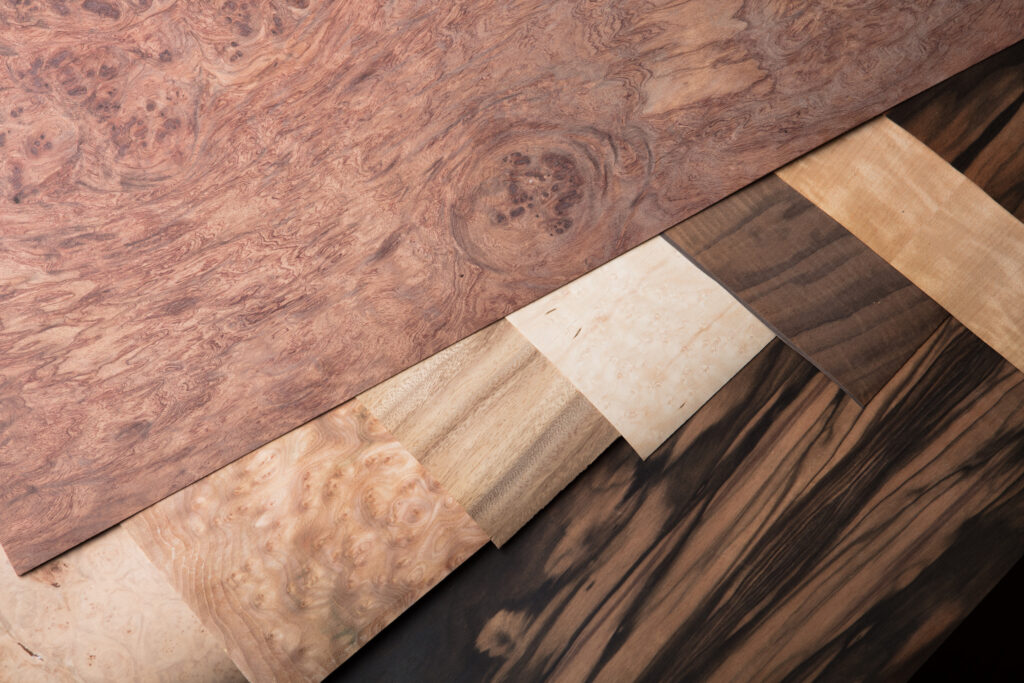
Veneer Matching
Once you’ve chosen your color, grain, species and grade of Wood, the final step is deciding on the “matching” method you prefer, which may be a total new concept for you. So let’s start with the basics.
When a log is sliced to form veneer, the initial super-thin slices are called “leaves.” Each of which is, understandably, the width of the log it was just cut from. To form the large sheets of Wood Veneer – like the 4’x8’ sheets you normally see – the leaves are “spliced” together, side-by-side. What’s key, though, is that they can be spliced together in a variety of ways to form different grain patterns — even from the same log, even by consecutive slices! This process of splicing leaves to form sheets is called “matching.”
Different types of matching produce different, but specific, patterns in the finished sheets, and in turn, in your final plywood. In fact, the different types of veneer matching can dramatically impact the look of the veneer and the space it’s installed. Even when using leaves from the same log — match them differently, and believe it or not, you’ll get a different pattern.
While there are several ways to match veneer, the two most popular we see in wood veneer sheets are Book Match and Slip Match. However, you can custom order any type of matching you like.
Book Match Veneer
Book Matching is the most common style of matching you’ll see in the veneer room. It’s called “Book Matching” because when the leaves are placed sequentially side-by-side to form a larger sheet, every other leaf is turned over like the pages of a book. The resulting affect is a mirrored, symmetrical pattern formed by the grain — a really pleasing appearance that many people like, and the reason Book Matching is so popular.
Slip Match Veneer
“Slip Matching,” the second most common style of matching, also gets its name from the way its leaves are spliced side-by-side to form larger sheets. As the name suggests, the sequence of leaves is formed by simply “sliding” or “slipping” them off a pile of leaves placing them next to one another, left to right, without flipping them over (as in Book Matching). Instead of a mirrored pattern, what you get is the same grain pattern repeated side to side — a standard matching style often used for Quarter Cut or Rift Cut veneer.


